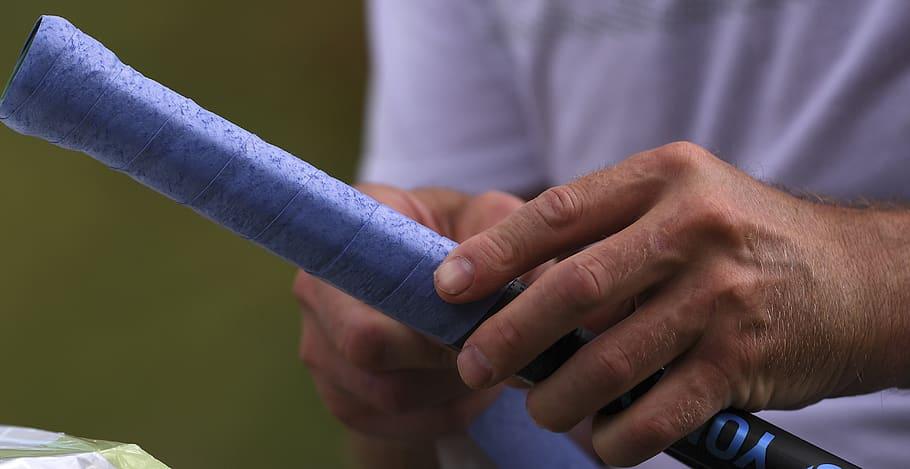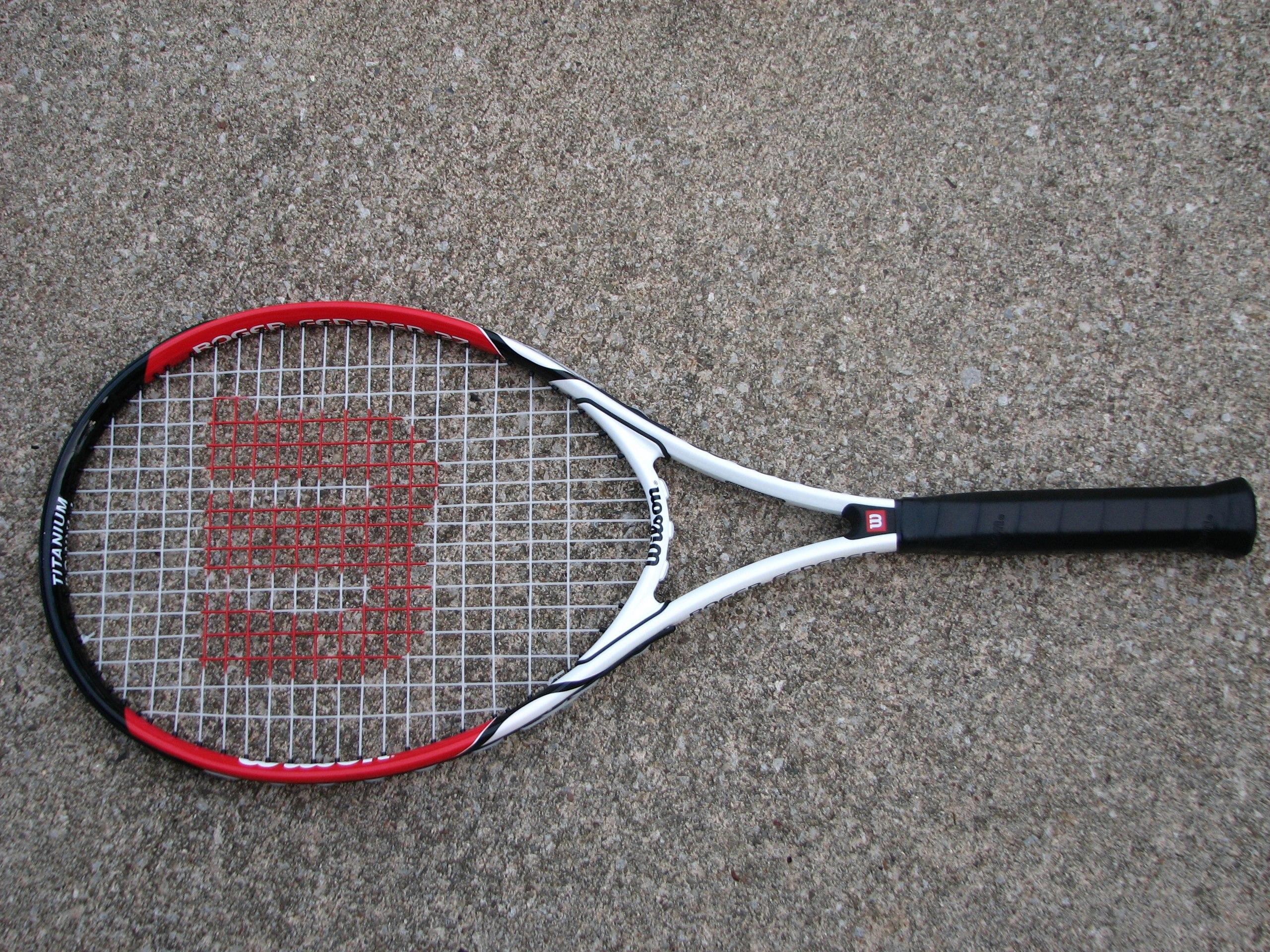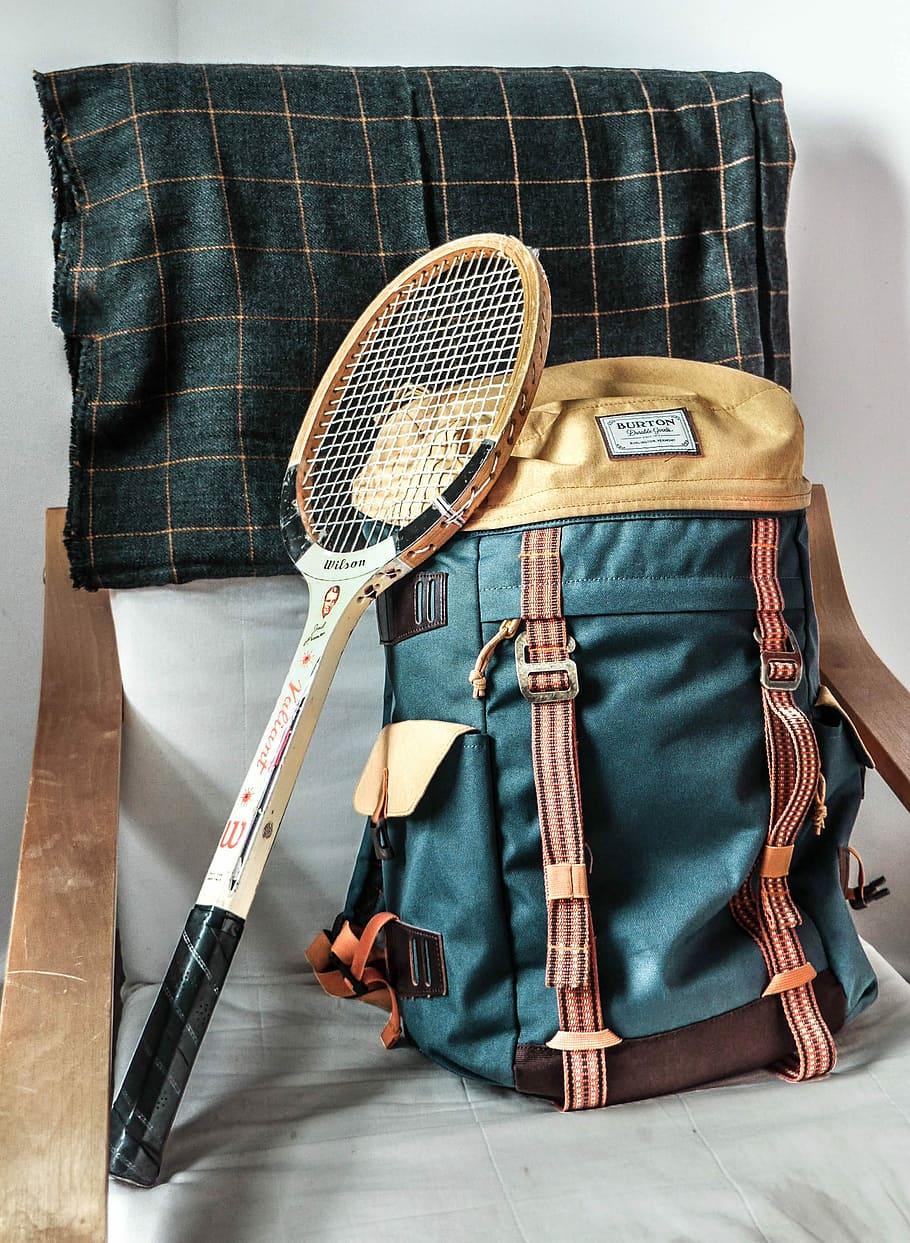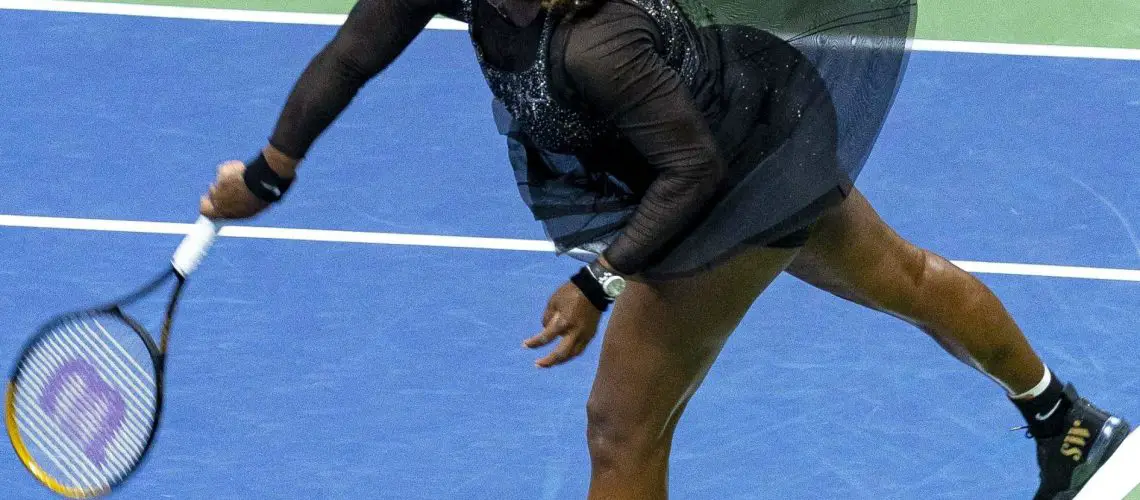We may earn money or products from the companies mentioned in this post.
Introduction to Wrapping Tennis Grips

When it comes to playing tennis, having a good grip on your racket is essential The grip not only affects your comfort and control on the court but also plays a significant role in enhancing your performance and preventing injuries In this article, we will explore the different types of tennis grips and factors to consider when choosing the right one for you
Importance of a Good Tennis Grip

A good tennis grip provides several benefits that can greatly impact your game:
-
Comfort and Control:
A proper grip ensures that your racket feels comfortable in your hand, allowing you to maintain a firm grasp while executing various shots with precision -
Enhanced Performance:
With a secure grip, you can generate more power and accuracy in your strokes, leading to improved performance on the court -
Injury Prevention:
Using the correct grip reduces the risk of developing common tennis injuries such as wrist strain or blisters by minimizing excessive twisting or rubbing against the handle
Different Types of Tennis Grips

1 Overgrips
An overgrip is an additional layer that you wrap around your existing racket grip It helps enhance traction and absorb moisture during play There are two main types of overgrips:
-
Tacky Overgrips:
These overgrips have a sticky texture that provides excellent tackiness, ensuring a secure hold even when sweating profusely during intense matches -
Absorbent Overgrips:
Designed to absorb sweat efficiently, these overgrips help maintain a dry grip and prevent slipping, allowing you to maintain control over your shots
2 Replacement Grips
A replacement grip is a complete grip that replaces the original one on your racket It offers a fresh, new surface with improved cushioning and durability These grips come in various materials and thicknesses, providing players with customizable options to suit their preferences
Factors to Consider When Choosing a Grip

When selecting a tennis grip, there are a few essential factors to keep in mind:
-
Grip Size and Thickness:
Choosing the right size ensures that your hand comfortably fits around the handle, allowing for proper control and minimizing strain on your wrist The thickness of the grip can also impact the feel of your shots, so experimenting with different options may be beneficial -
Material and Durability:
Grips are available in various materials such as synthetic leather or rubber compounds Consider factors like durability, moisture absorption, and overall feel when determining which material suits you best
In conclusion, having a good tennis grip is crucial for optimal performance and injury prevention on the court Understanding the different types of grips available and considering factors like size, thickness, material, and durability will help you find the perfect fit for your playing style
Materials and Tools Required for Wrapping Tennis Grips

Selection of the appropriate tennis grip
When it comes to wrapping tennis grips, one of the first decisions you’ll need to make is whether to use an overgrip or a replacement grip An overgrip is a thin layer that goes on top of your existing grip, providing extra cushioning and tackiness It’s great for players who want to change the feel of their racket without drastically altering its size On the other hand, a replacement grip completely replaces your old grip and offers more substantial changes in terms of size and feel
Aside from deciding between an overgrip or replacement grip, it’s important to consider your personal preferences when selecting a tennis grip Think about how you want your racket to feel in your hand – do you prefer a soft and cushioned grip, or one that feels firm and responsive? Consider factors like tackiness as well – some players prefer a grippy surface while others may find it too sticky Experimenting with different grips can help you find the perfect fit for your playing style
Tools required for gripping
To successfully wrap a tennis grip, there are a few tools that come in handy First up is a trusty pair of scissors You’ll need these to cut the grip tape or excess material as you wrap it around the handle of your racket Make sure they’re sharp enough to ensure clean cuts without any frayed edges
Once you’ve wrapped the new grip around your racket handle, it’s essential to secure the loose end properly This is where finishing tape comes into play Finishing tape is designed specifically for this purpose – it provides extra adhesion and ensures that your newly wrapped grip stays put during intense rallies on the court
With these materials and tools at hand, you’ll be well-equipped to take on the task of wrapping tennis grips Remember to choose the grip that suits your preferences and explore different options to find the perfect fit And don’t forget those scissors and finishing tape to ensure a clean and secure wrap Happy gripping!
How To Wrap Tennis Grips: Step-by-Step Guide

Are you looking to improve your tennis game? One often overlooked aspect that can greatly impact your performance is the grip on your racket A well-wrapped tennis grip can provide better control, reduce slippage, and enhance comfort during your swings In this step-by-step guide, we’ll walk you through the process of wrapping a tennis grip like a pro
Preparation before Wrapping the Tennis Grip
Before diving into the wrapping process, it’s essential to prepare the handle surface properly Start by cleaning the handle surface if necessary, removing any dirt or grime that may affect the adhesion of the new grip Additionally, make sure to remove any existing old grips or residue left behind from previous wraps
Installing the New Grip
Now that you’ve prepped the handle surface, it’s time to install the new grip Begin by aligning the top edge of the new grip with the butt cap of your racket This ensures proper alignment and prevents any potential shifting during play
As you wrap around the handle towards its throat, maintain tension in order to achieve a snug fit This is crucial for optimal control and feel while playing Remember to maintain a proper overlap of roughly one-eighth inch between each turn of the wrap
To ensure uniform thickness throughout the wrap, pay attention to how tightly you are pulling each turn around the handle Consistency is key here – aim for an even distribution of material for a comfortable and reliable grip
Trimming Excess Material and Securing End
Once you have completed wrapping up until near the throat area, check if there is any excess material protruding from beneath your hand when gripping the racket If needed, trim off the excess material using scissors or a sharp blade, ensuring a clean and tidy finish
To secure the end of the wrap, most grips come with an adhesive strip or finishing tape Use this provided accessory to firmly fasten the end of the grip, preventing it from unraveling during intense gameplay Make sure to follow the manufacturer’s instructions for applying and securing the adhesive strip or tape
By following these step-by-step instructions, you can confidently wrap your tennis grip like a pro and enjoy improved performance on the court So go ahead, grab your racket, and give your grip the upgrade it deserves!
Common Questions and Troubleshooting

How often should I replace my tennis grip?
Replacing your tennis grip depends on the frequency of play If you’re a regular player, it is recommended to replace your grip every 3-6 months However, if you play less frequently or notice signs of wear and tear, such as fraying or loss of tackiness, it may be time for a replacement Keeping an eye on the condition of your grip will help ensure optimal performance
How do I determine which type of tennis grip is best for me?
Finding the perfect tennis grip comes down to personal preferences and playing conditions It’s important to try different types of grips to see what feels most comfortable in your hand Some players prefer a tacky feel for increased control, while others might opt for a more cushioned grip for added comfort Additionally, consider factors like weather conditions and sweat levels during play, as they can affect grip performance Ultimately, trial and error will help you discover the best fit for your game
How to maintain the grip for optimal performance?
Maintaining your tennis grip is essential for optimal performance on the court After each use, it’s important to clean the grip with a damp cloth or mild soap solution to remove dirt and sweat buildup that can affect its tackiness Additionally, make sure to store your racket in a cool, dry place away from direct sunlight or extreme temperatures as heat can degrade the material over time
What should I do if my grip is slipping during play?
If you find that your grip is slipping during play, there are a couple of solutions you can try Firstly, using a rosin bag or applying a specialized grip enhancer like pine tar can provide extra tackiness and improve your grip These products can be applied sparingly to the grip surface to increase traction If the issue persists, it might be worth considering a different type of grip material that offers better sweat absorption or a more secure grip for your playing style
Useful Links

How to Regrip a Tennis Racket – wikiHow Fitness
How to Change Your Tennis Overgrip
How to change Your Tennis Overgrip – Head Sport
How to Overgrip a Tennis Racket | All about Tennis Grip Tape
How to Regrip your Tennis Racket
Best Tennis Overgrips [Reviewed & Playtested for 2023]
How To Replace A Tennis Overgrip
PATIKIL Tennis Racket Grip Tape, PU Overgrip Round …
Tennis Grips & Tape in Tennis Racquet Accessories(290)
Tennis Racquet Grip Tape Replacement
[Global] Alien Pros Tennis Racket Grip Tape X-Dry (6 Grips)
How to Wrap a Replacement Grip
Everything you need to know about Overgrips and …
Overgrip Tennis Grips & Tape
VT Advantec Anti-Vibe Leather Tennis Racket Grip Tape
Tennis Racquet Grip Tape for sale
The 9 Best Tennis Overgrips | Reviews & Buyer’s Guide





